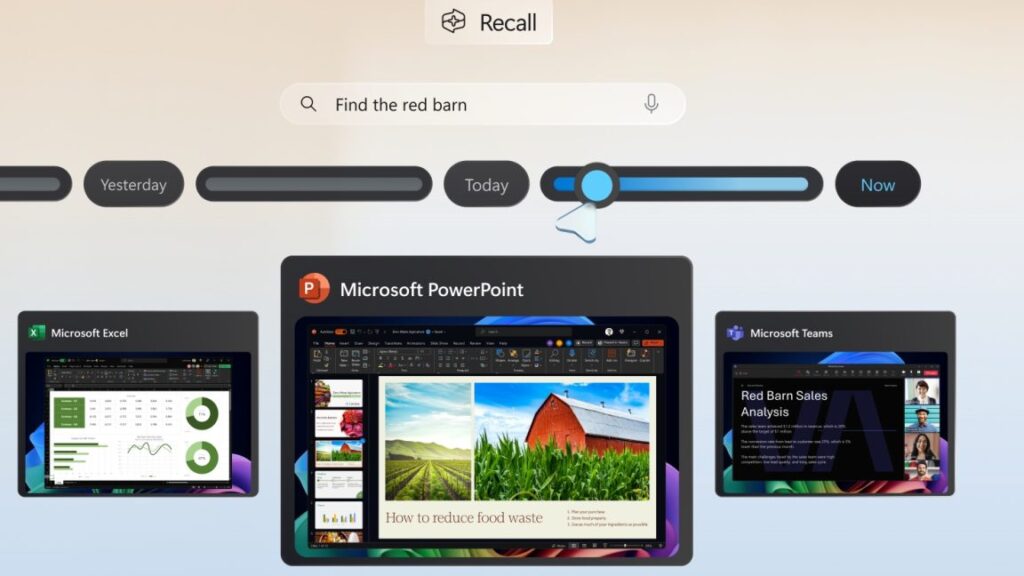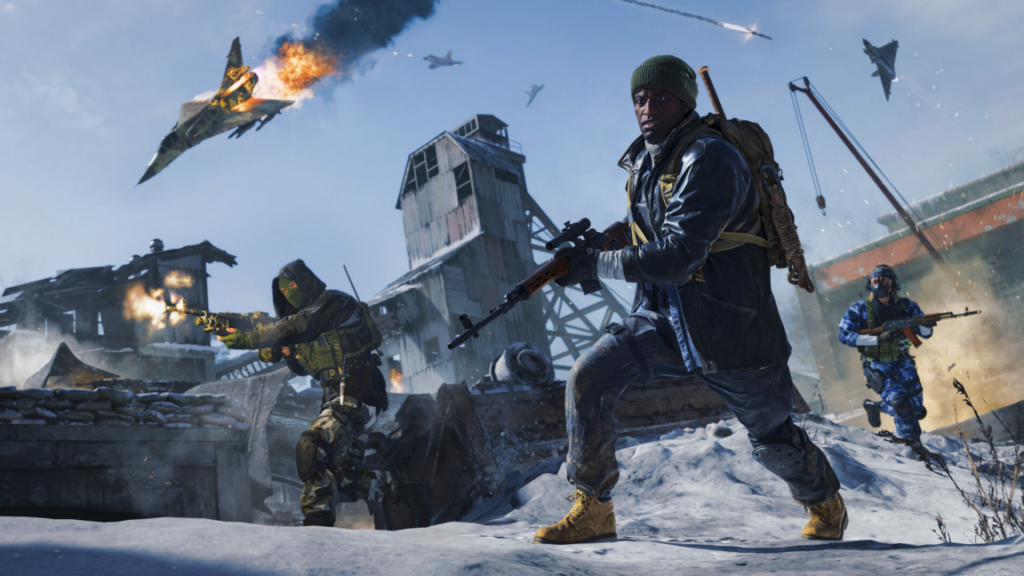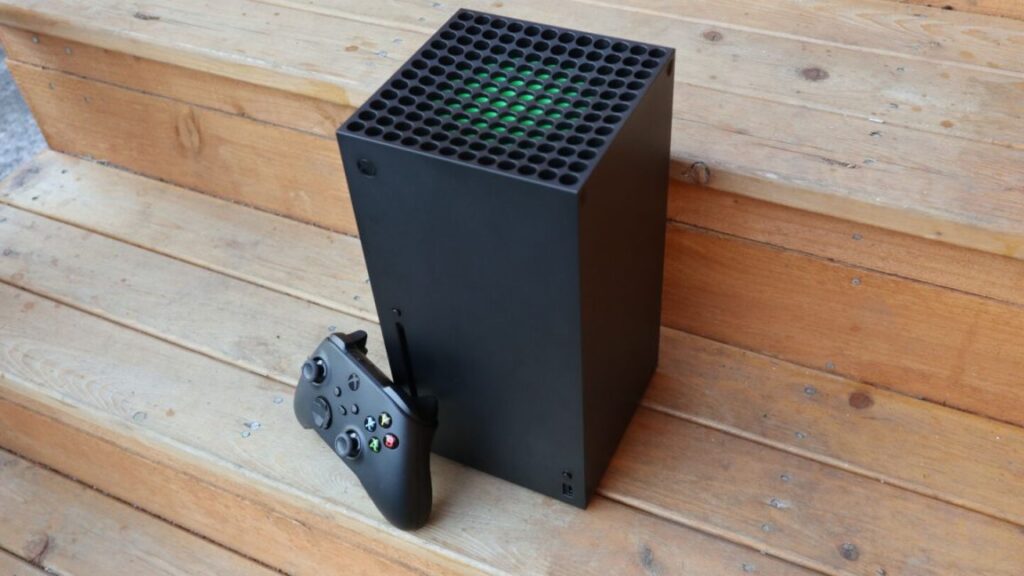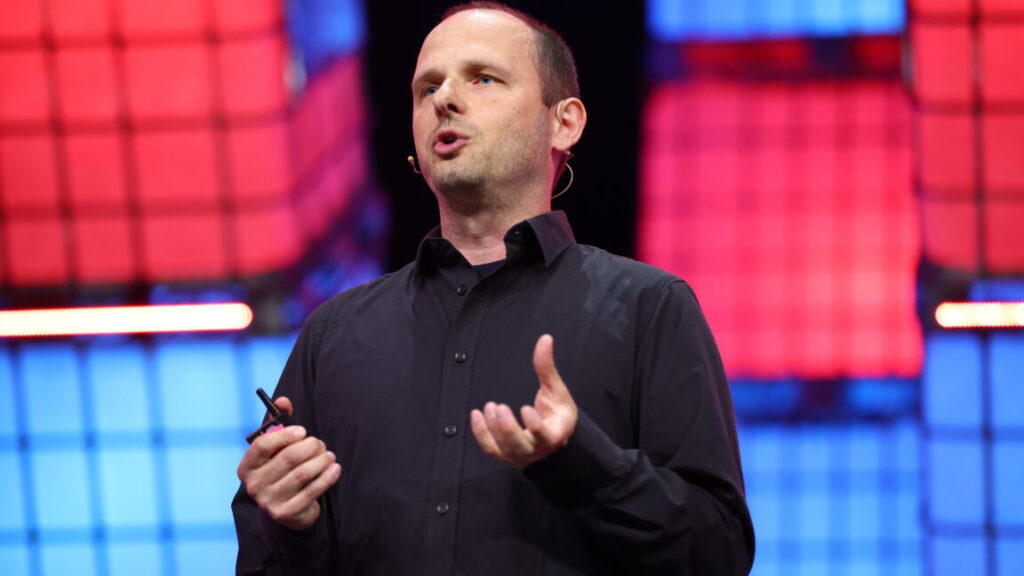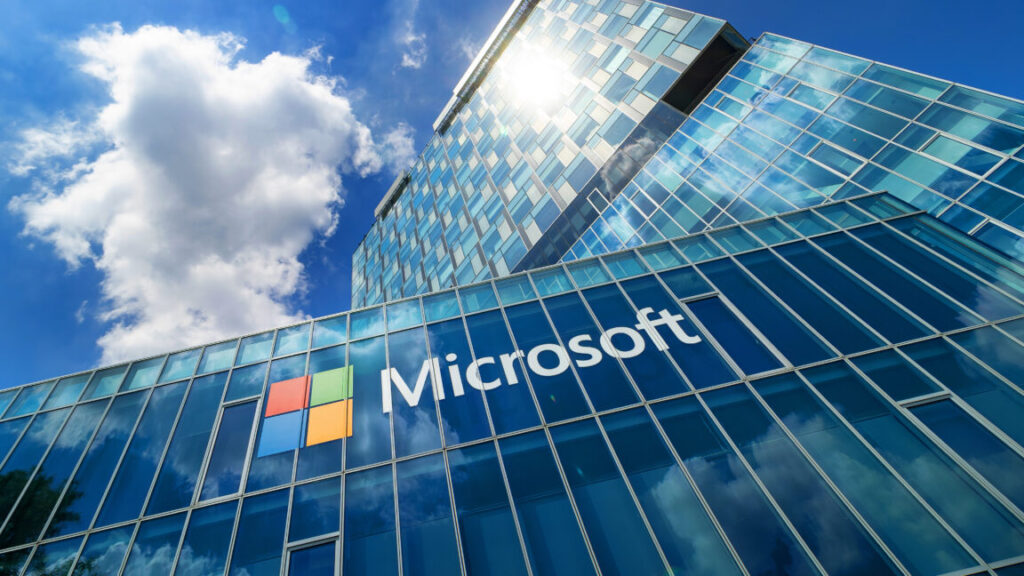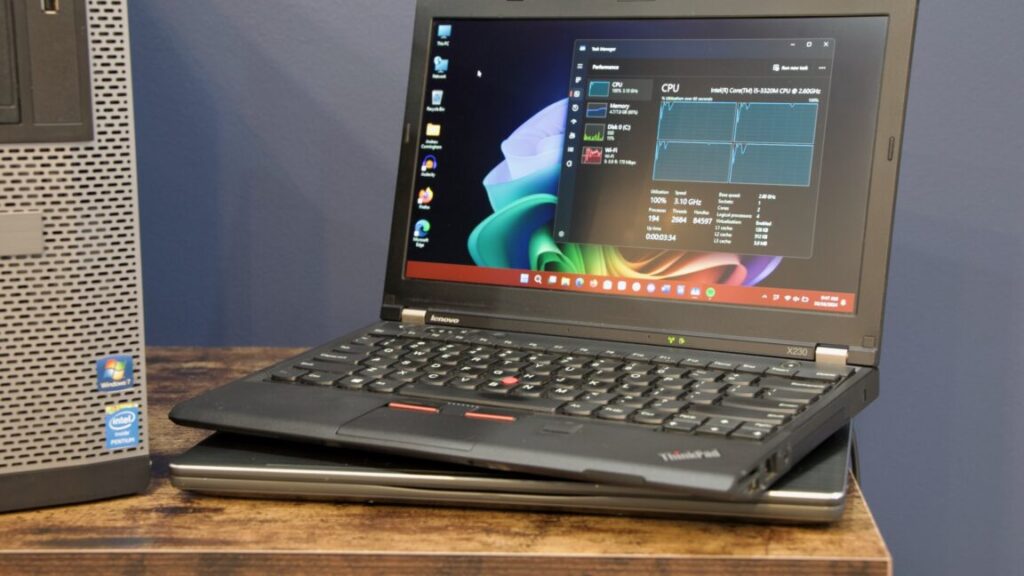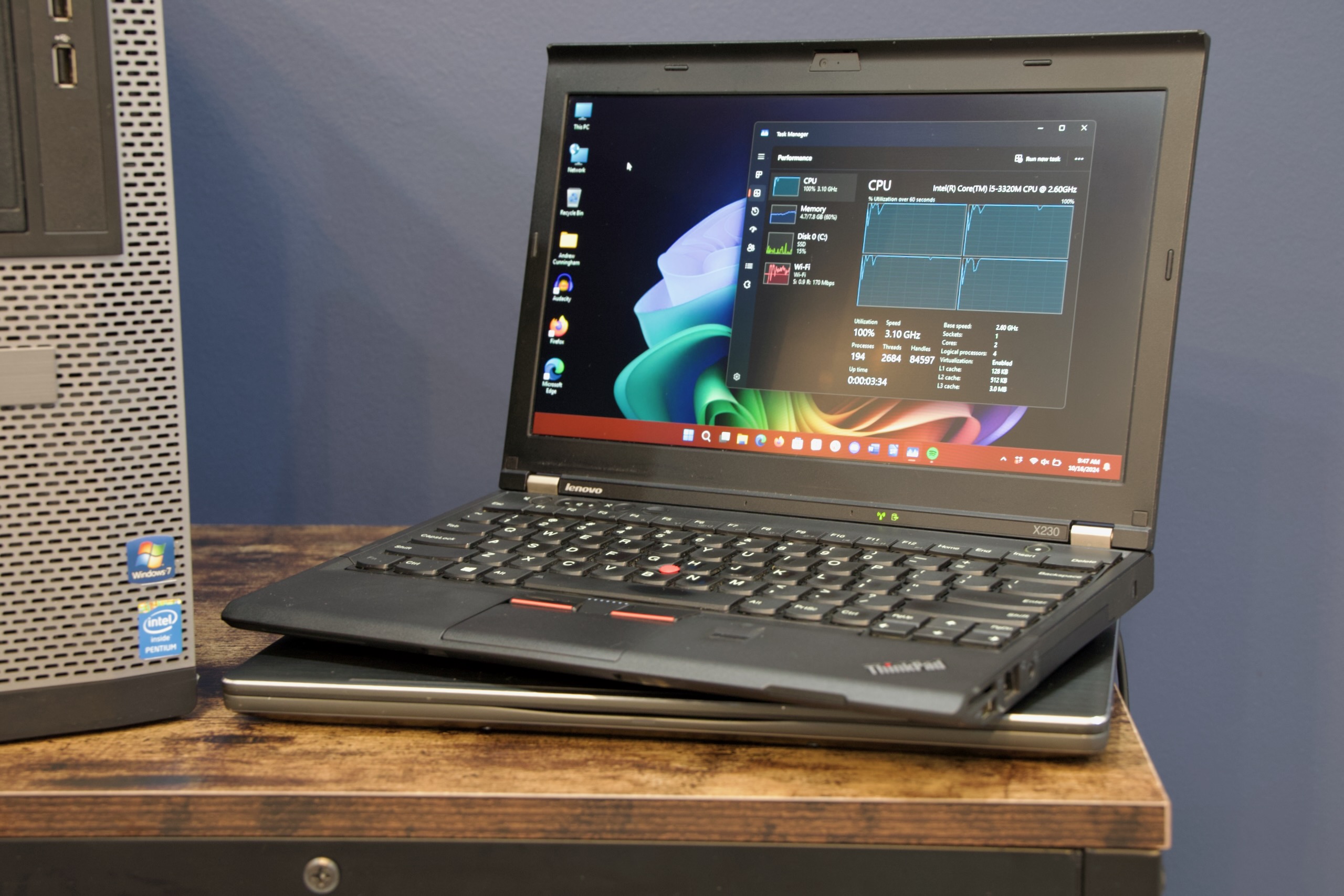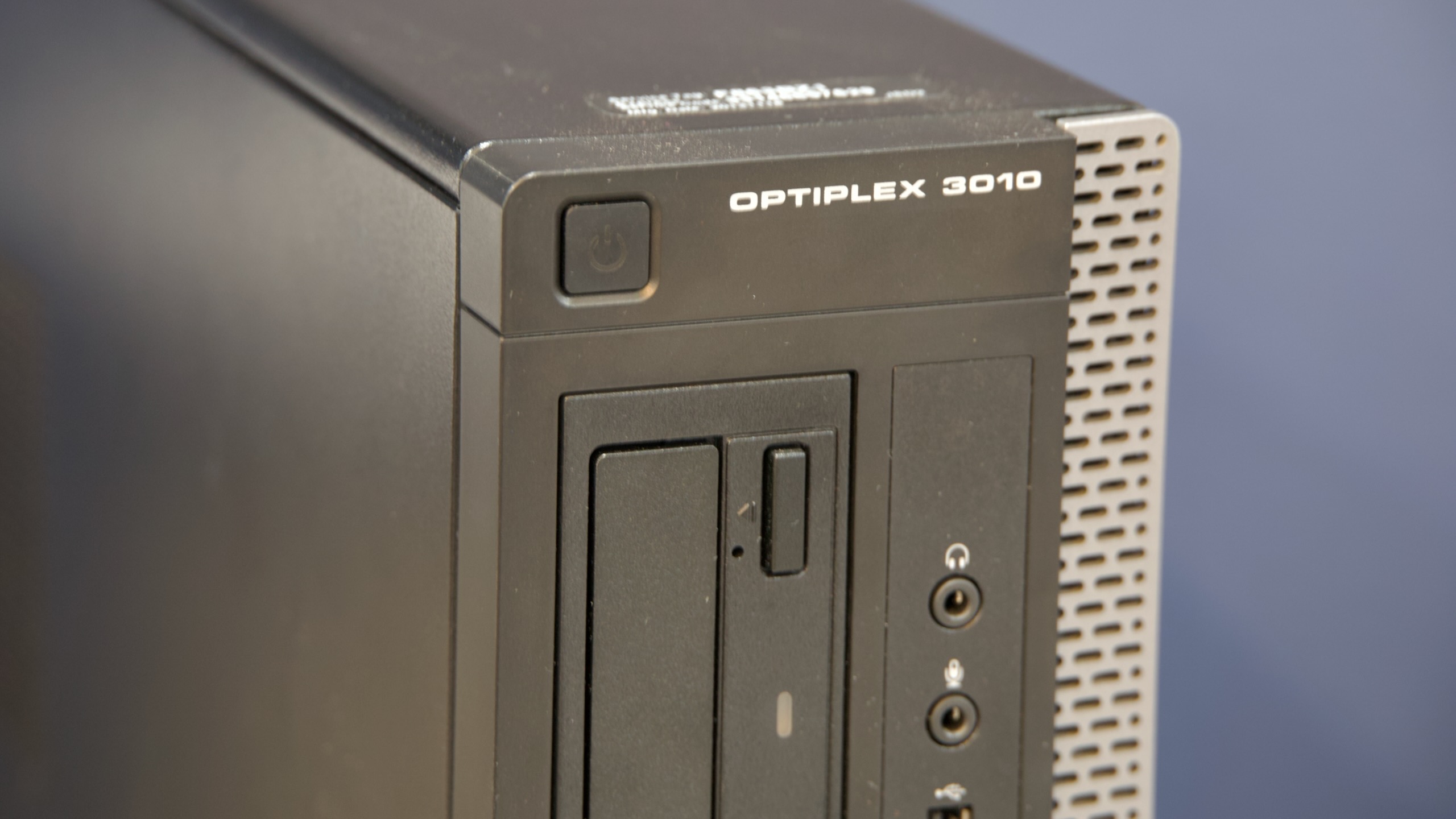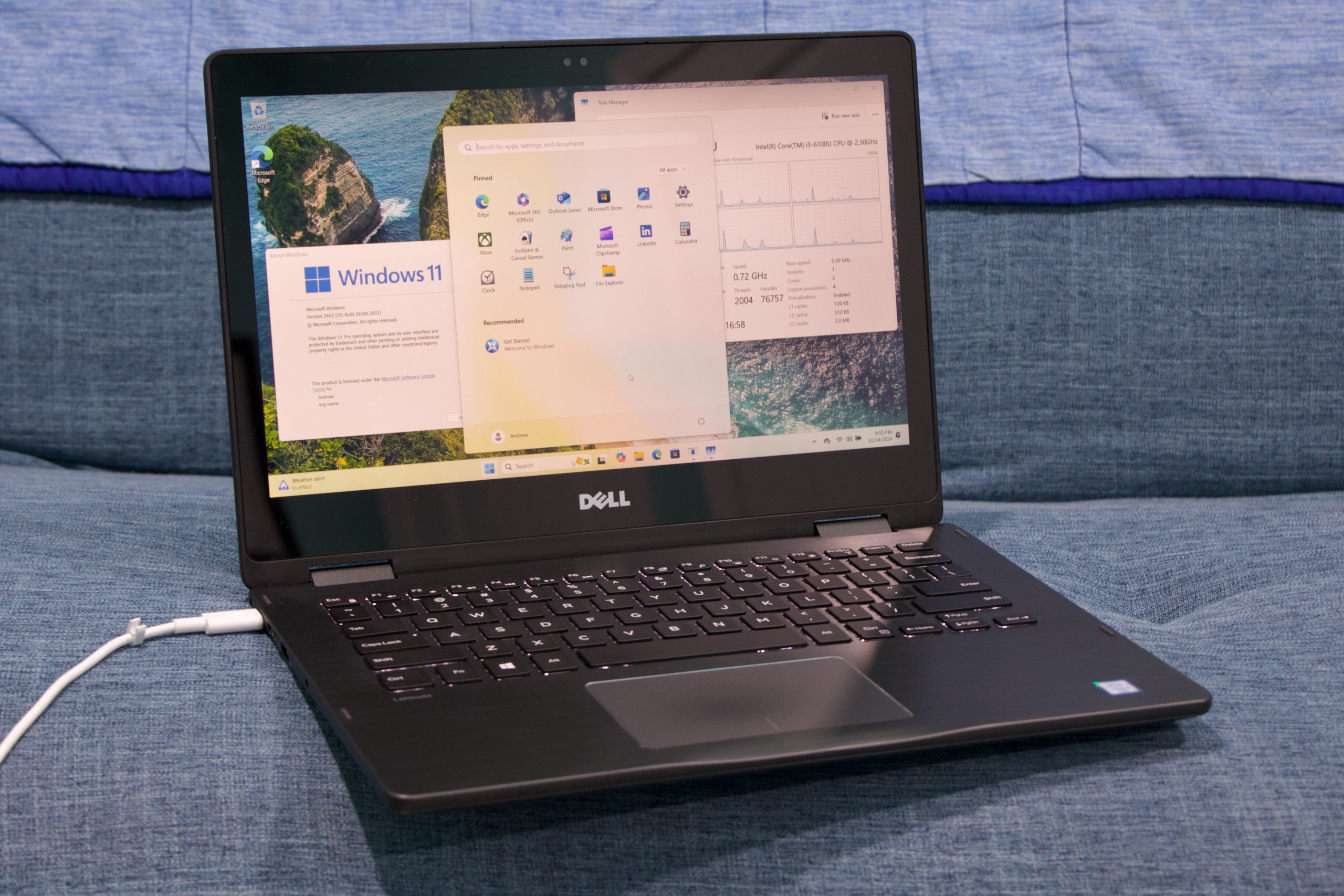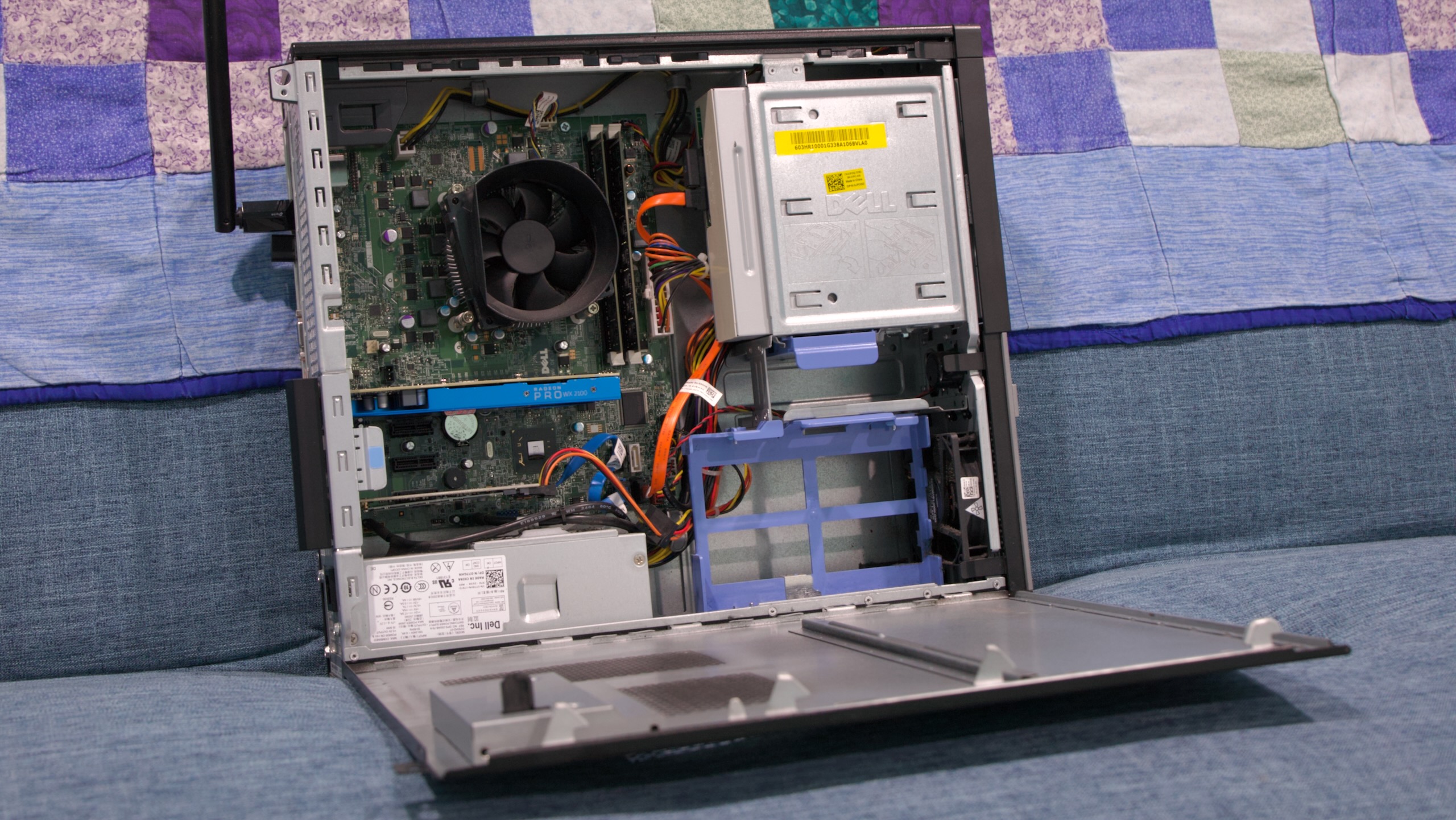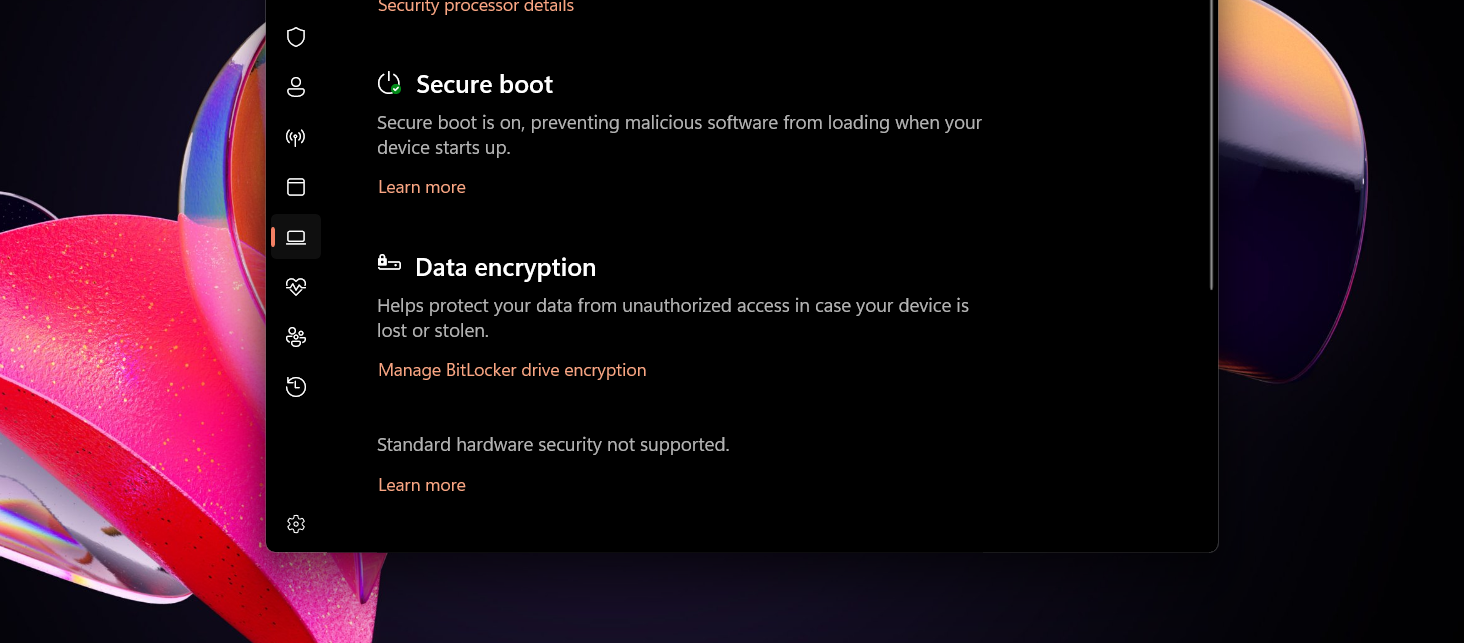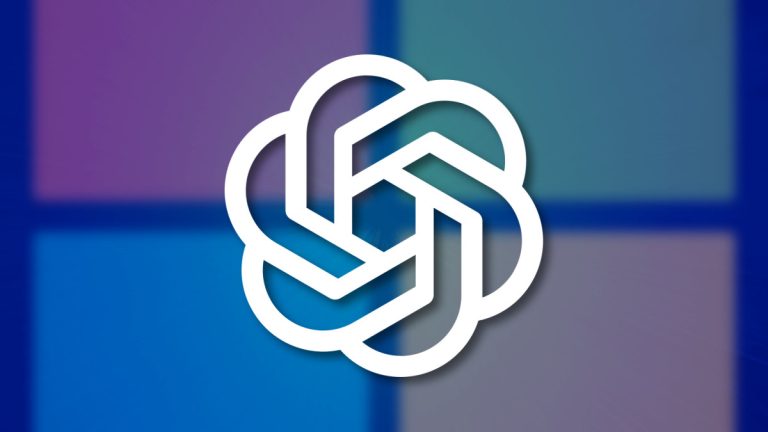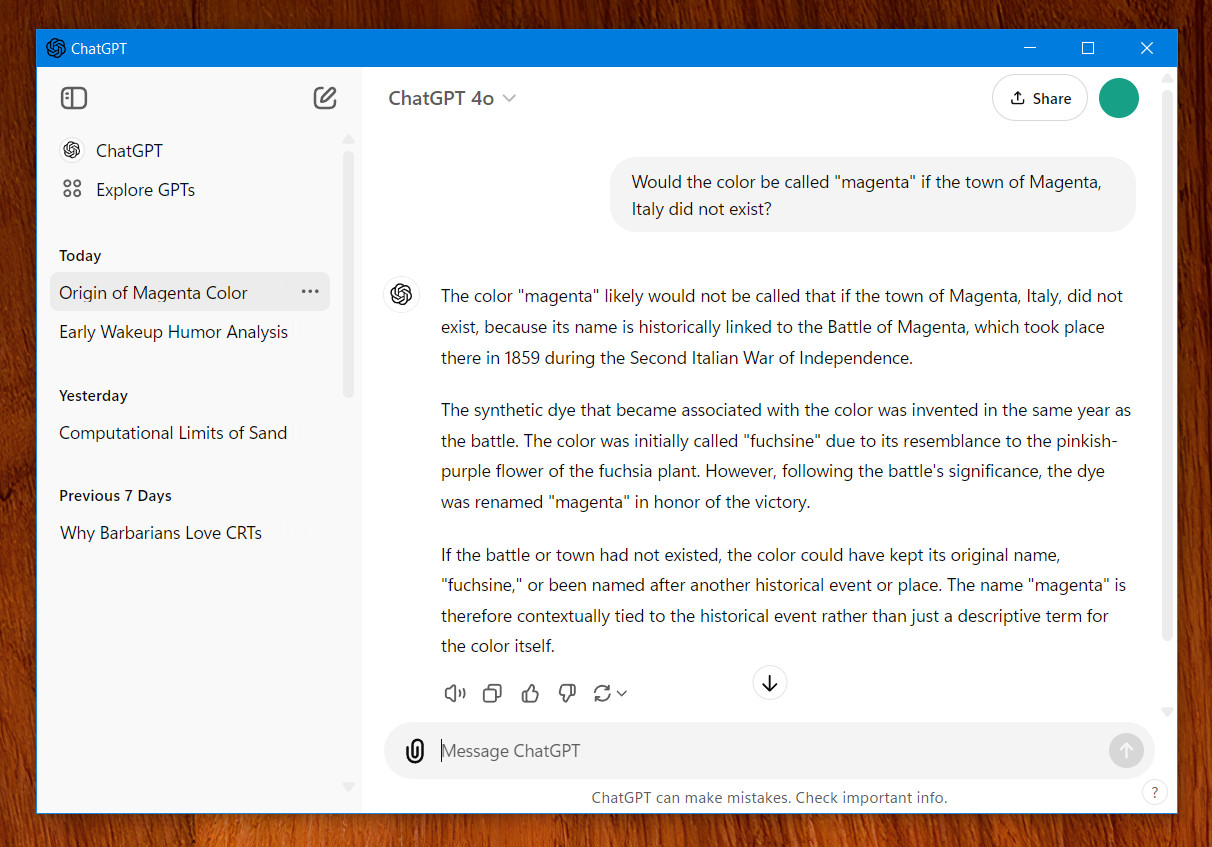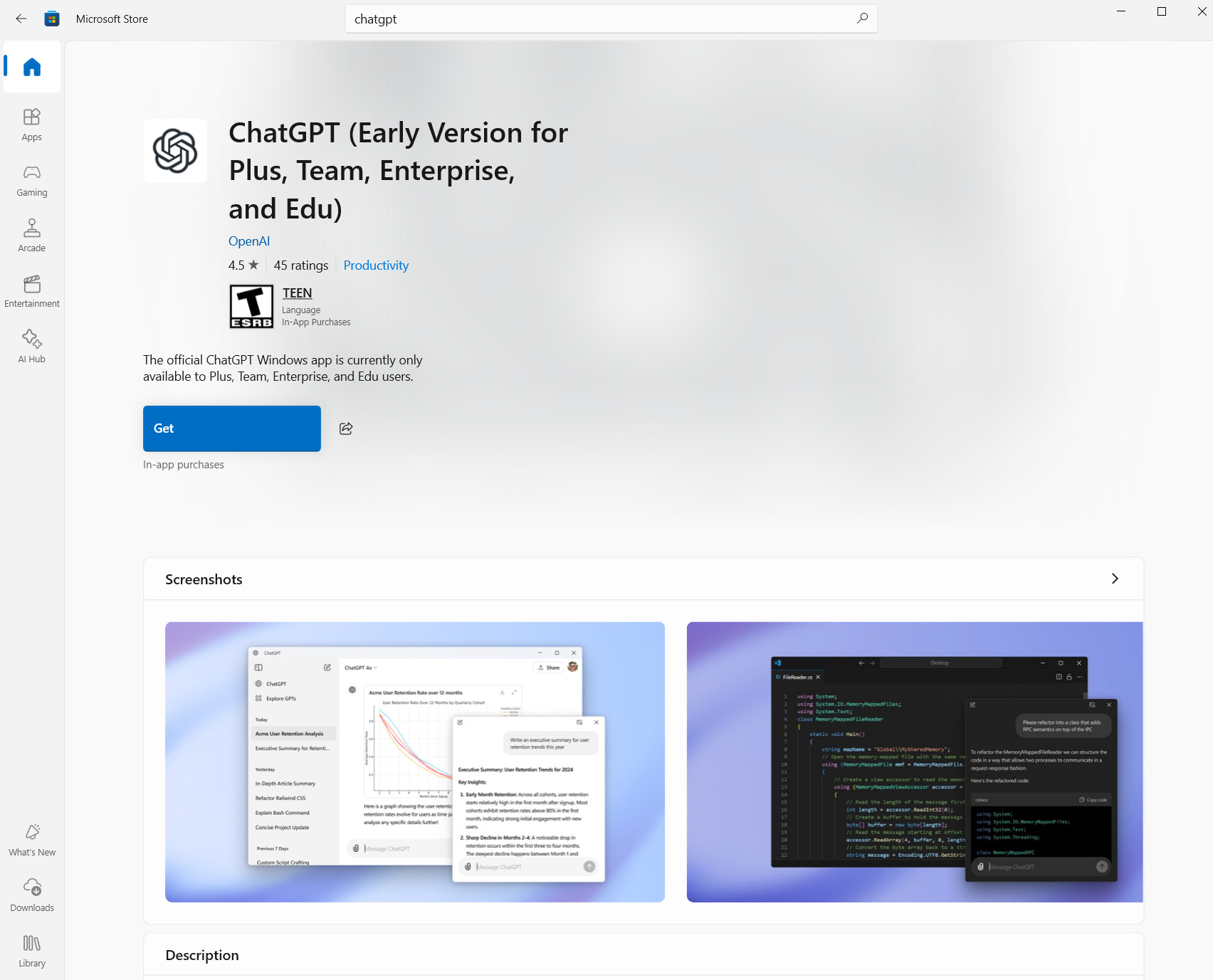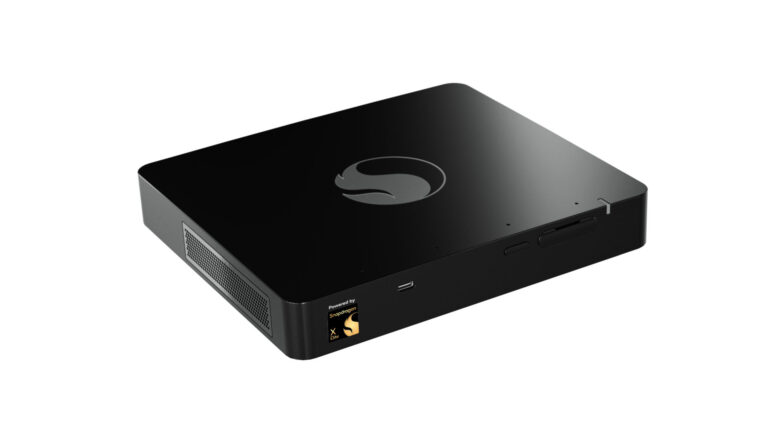Notepad.exe, now an actively maintained app, has gotten its inevitable AI update
Among the decades-old Windows apps to get renewed attention from Microsoft during the Windows 11 era is Notepad, the basic built-in text editor that was much the same in early 2021 as it had been in the ’90 and 2000s. Since then, it has gotten a raft of updates, including a visual redesign, spellcheck and autocorrect, and window tabs.
Given Microsoft’s continuing obsession with all things AI, it’s perhaps not surprising that the app’s latest update (currently in preview for Canary and Dev Windows Insiders) is a generative AI feature called Rewrite that promises to adjust the length, tone, and phrasing of highlighted sentences or paragraphs using generative AI. Users will be offered three rewritten options based on what they’ve highlighted, and they can select the one they like best or tell the app to try again.
Rewrite appears to be based on the same technology as the Copilot assistant, since it uses cloud-side processing (rather than your local CPU, GPU, or NPU) and requires Microsoft account sign-in to work. The initial preview is available to users in the US, France, the UK, Canada, Italy, and Germany.
If you don’t care about AI or you don’t sign in with a Microsoft account, note that Microsoft is also promising substantial improvements in launch time with this version of Notepad. “Most users will see app launch times improve by more than 35 percent, with some users seeing improvements of 55 percent or more,” reads the blog post by Microsoft’s Windows apps manager Dave Grochocki.
Notepad.exe, now an actively maintained app, has gotten its inevitable AI update Read More »


